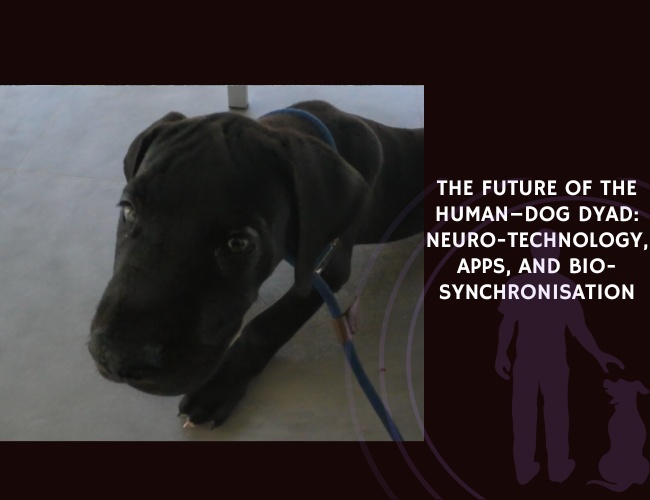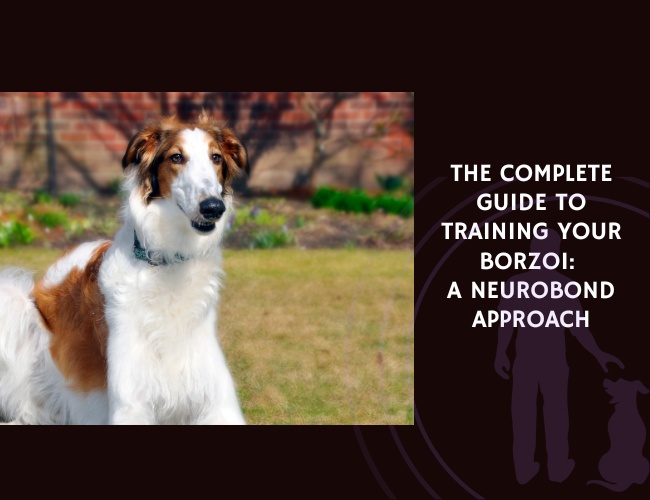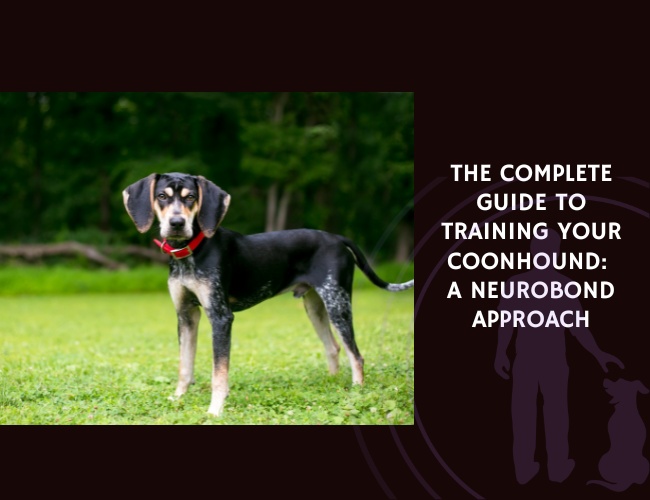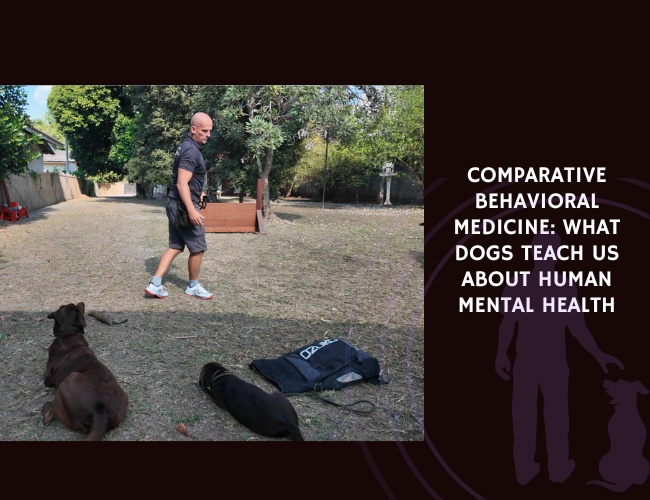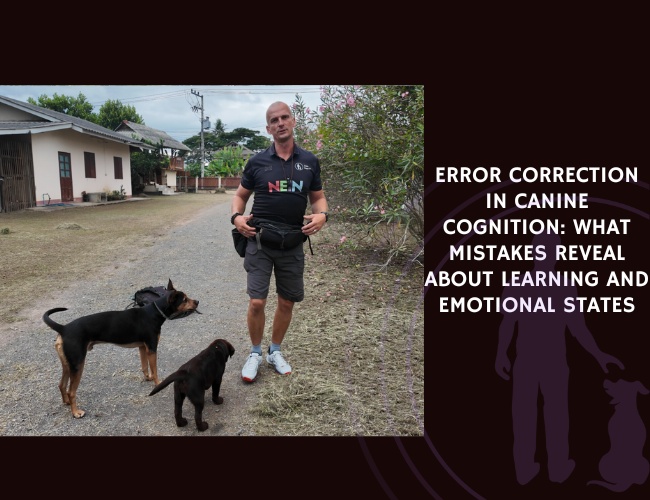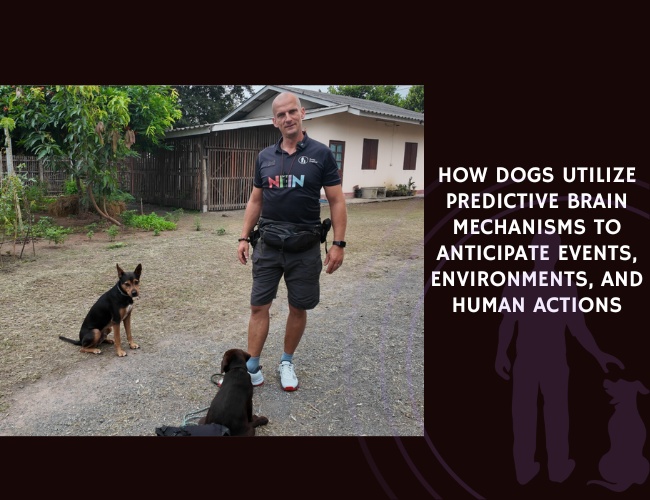Understanding Dog Conflicts in Multi-Dog Households
Navigating the dynamics of a household with multiple dogs can be a complex endeavor. Understanding the root causes of conflicts is crucial in creating a harmonious living environment for everyone involved.
Competition for Resources
One of the primary triggers for conflicts in multi-dog households is competition for resources. Dogs are naturally inclined to guard valuable resources such as food, toys, and even parental attention. In settings where resources are limited or perceived to be scarce, dogs may become possessive, leading to aggressive behaviors.
For instance, if one dog is more dominant, it may hoard toys or position itself to get the most attention from family members. This can result in tension and skirmishes as the other dogs try to assert their right to the same resources. It is essential to provide abundant toys and feeding areas to mitigate these triggers. This approach helps in reducing competition and ensures that each dog has access to what they need without feeling the need to compete.
Impact of Confined Spaces and Environmental Stress
The physical environment plays a significant role in dog behavior. Confined spaces can exacerbate conflicts by limiting the dogs’ ability to escape or avoid each other. When dogs feel cornered or unable to retreat, their stress levels rise, which can lead to heightened aggression. A small apartment or a house with few separate rooms may create situations where dogs are forced into close quarters, increasing the likelihood of conflict.
Additionally, environmental stressors such as loud noises, unfamiliar people, or frequent disruptions add to the tension. A high-stress environment, like a busy urban area with constant traffic sounds, can trigger anxiety and subsequently aggressive behavior in dogs. To help manage this, creating quiet, stress-free zones within the home where dogs can retreat and calm down can be exceptionally beneficial.
Role of Social Hierarchy in Household Dynamics
Dogs are pack animals by nature and highly sensitive to social hierarchy. In multi-dog households, establishing a clear social order is vital for maintaining harmony. When the social hierarchy is ambiguous or challenged, conflicts are more likely to occur. Dominant dogs that perceive their status is under threat may resort to aggression to reassert their position.
It’s not just about which dog gets to eat first; the hierarchy influences all aspects of their interactions. Understanding the role of social hierarchy helps in managing their behavior more effectively. For instance, reinforcing a lower-ranking dog’s confidence through positive reinforcement and ensuring it receives attention in non-competitive situations can help reduce conflicts.
While human intervention can sometimes help in maintaining social order, it’s crucial to understand that dogs often resolve these hierarchies naturally. Unnecessary meddling can sometimes exacerbate tensions rather than alleviate them.
By understanding the underpinnings of dog conflicts in multi-dog households – from competition for resources, the impact of confined spaces, to the dynamics of social hierarchy – pet owners can create more peaceful and harmonious living environments for their furry family members.
The Impact of Human Intervention
Intervening in dog conflicts is tricky. When humans step in, it can either help resolve the issue or make it worse. Understanding when and how to intervene is critical.
Consequences of Premature Intervention
Intervening too quickly in a dog conflict can escalate the situation rather than defuse it. When humans see their dogs fighting, the instinct is to stop it immediately. However, this can be problematic. Dogs have their own communication methods and sometimes need to resolve their issues naturally.
Premature intervention, such as physically separating fighting dogs, may lead to increased frustration. Instead of calming down, dogs may feel more threatened, cornered, or even more aggressive [Primakov & Bednyak, 2023]. They might perceive this sudden separation as an additional stressor, escalating the conflict rather than calming the tension.
Additionally, interrupting their interactions early without understanding their body language can disrupt their natural hierarchy-building process. Dogs often work out their social structures through these interactions, and stepping in too soon can leave these social hierarchies unresolved, leading to prolonged tensions.
Risks of Using Punitive Measures and Physical Separation
Using punitive measures to manage dog conflicts often does more harm than good. Punishment can increase a dog’s anxiety and aggression, especially if the dog begins to associate the punishment with the presence of another dog [Primakov & Bednyak, 2023]. This can create a negative feedback loop where the mere presence of the other dog leads to heightened aggression and anxiety.
It’s important to recognize that dogs don’t understand punishment in the way humans might hope. Instead of associating the punishment with their specific behavior, dogs often associate it with their immediate environment, including other dogs. This can make them view their housemates as threats, exacerbating existing tensions.
Physical separation can be a useful technique if done correctly, but it often backfires when used as the primary method. Dogs isolated from their peers might develop increased anxiety, which can lead to aggravated feelings when they are reintroduced. Moreover, this physical separation can prevent dogs from learning valuable social cues and conflict resolution skills.
How Human Behavior Can Inadvertently Escalate Tensions
Human behavior has a significant impact on dog dynamics, sometimes escalating tensions without intention. For instance, giving more attention to one dog over another can create jealousy and rivalry, reinforcing feelings of competition. Dogs are sensitive to attention and resources, and unequal distribution can trigger conflicts.
Moreover, tense or anxious behavior from humans can transfer to their dogs. Dogs are exceptionally perceptive to human emotions and may mirror anxiety or stress, heightening the potential for conflict [Primakov & Bednyak, 2023].
Even subtle cues, like body language or tone of voice, can affect dog behavior. A tense or fearful human can signal to the dog that something is wrong, causing the dog to react defensively. This mirroring can compound aggression, leading to more frequent and intense conflicts.
Understanding these dynamics is crucial for maintaining harmony in a multi-dog household. Humans need to be mindful of how their actions, emotions, and behaviors can impact their dogs and adjust accordingly to foster a peaceful and stable environment.
By considering these factors, one can avoid escalating conflicts. Creating a balanced, stress-free environment and understanding the complexities of canine interactions helps maintain harmony. As we delve deeper into understanding dog behavior, it’s vital to recognize the subtleties of their communication and memory, which play a crucial role in social dynamics.
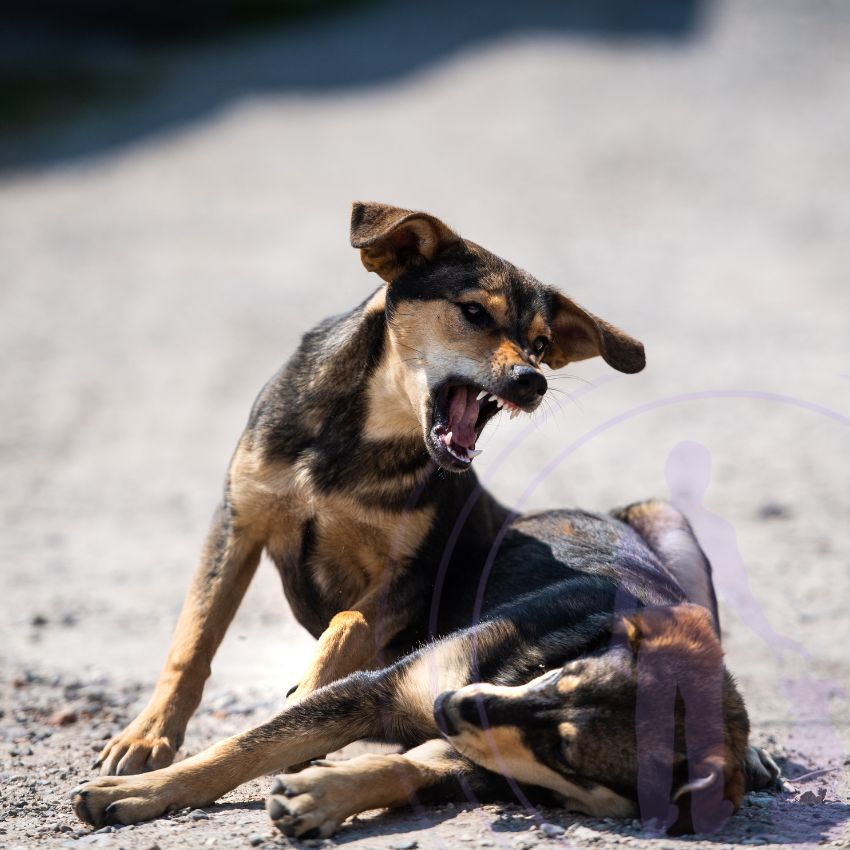
Canine Communication and Memory
Role of Scent-Based Identification in Dog Relationships
Dogs possess an extraordinary sense of smell, which surpasses our own by a long shot. These olfactory wonders use their scenting abilities for more than just tracking breadcrumbs or finding hidden toys. Through scent, dogs create and maintain complex social networks that help establish identities and recall past interactions.
When dogs meet, they often engage in sniffing behaviors that seem peculiar to us. However, this is an information-gathering exercise for our canine friends. Dogs use scent to identify each other, primarily through sniffing the anal glands. These glands produce unique secretions that convey a wealth of information about the dog, including their identity, reproductive status, and emotional state. This simple act of sniffing can help dogs discern if they have met before and gauge the other dog’s mood.
How Dogs Use Anal Gland Secretions and Urine for Territory Marking
Dogs mark their territory using anal gland secretions and urine, establishing boundaries and sending messages to other dogs. When a dog urinates or secretes from its anal glands, it leaves behind a chemical signature embedded with information. These scent markers are like a dog’s personal business card, plastered throughout their territory.
Anal gland secretions play a pivotal role in this marking behavior. When dogs sniff these secretions, they receive detailed chemical messages about who has been in the area and whether the territory is occupied. This helps dogs make informed decisions about whether to stay, move on, or proceed with caution.
Urine marking similarly provides essential communication. By marking boundaries with urine, dogs declare ownership and warn others to steer clear. This habit reduces the likelihood of physical confrontations by setting clear spatial boundaries.
Influence of Past Experiences on Current Behavior
Dogs have excellent memories when it comes to scent. They can recall the scents of individuals long after their initial meeting. This ability significantly influences their behaviors, especially if previous encounters were unfavorable. A negative interaction with another dog can lead to heightened tension and aggression in subsequent meetings. Dogs associate the unpleasant memory with the scent, resulting in a conditioned response of wariness or hostility.
For instance, if Dog A had a negative experience with Dog B, the next time Dog A encounters Dog B’s scent, it may trigger an aggressive or defensive reaction, even if Dog B is behaving neutrally. This underscores how pivotal scent memory is in shaping future interactions.
Humans too play an essential role in this dynamic. When humans understand the significance of these scent-based interactions, they can better manage dog introductions and reintroductions, reducing the probability of conflict.
Ultimately, recognizing and respecting the intricate world of canine communication helps create a harmonious multi-dog household. Understanding how dogs use scent for identification, marking their territory, and recalling past experiences positions us to better manage their social interactions and reduce conflicts.
Next, we will discuss the advantages of utilizing neutral environments for easing tensions and resetting social dynamics within multi-dog households. Relocating dogs to a neutral space can diminish territoriality and ease stress, enabling smoother introductions and fostering positive new relationships.
The Power of Neutral Environments
Dog conflicts can be a significant challenge in multi-dog households. Issues often stem from competition for resources, confined spaces, and the natural establishment of social hierarchies. As we explored the consequences of human intervention in previous sections, this chapter will delve into a unique aspect of conflict resolution.
Benefits of Relocating Dogs to Neutral Spaces
Neutral environments can play a crucial role in managing dog conflicts. By relocating dogs to these spaces, owners can provide a setting where the negative associations and territorial claims of the home environment are minimized. Let’s understand why this approach can be so effective.
Reduction of Territoriality
Territoriality is a significant driver of conflict among dogs. In familiar spaces, dogs often feel the need to defend their territory, leading to aggressive behaviors. When moved to a neutral environment, the territorial instinct diminishes because there’s no established sense of ownership or need to defend a particular area. This shift can significantly reduce instances of territorial aggression and promote a more peaceful interaction.
Decreasing Stress Levels
Another benefit of neutral environments is the reduction of stress. Confined spaces can limit a dog’s ability to escape a confrontation, thereby increasing stress levels. In contrast, neutral environments—such as open parks—provide ample space for dogs to move about and engage in positive interactions at their own pace. Lower stress levels facilitate better social interactions, enabling dogs to build positive relationships devoid of their usual anxiety triggers.
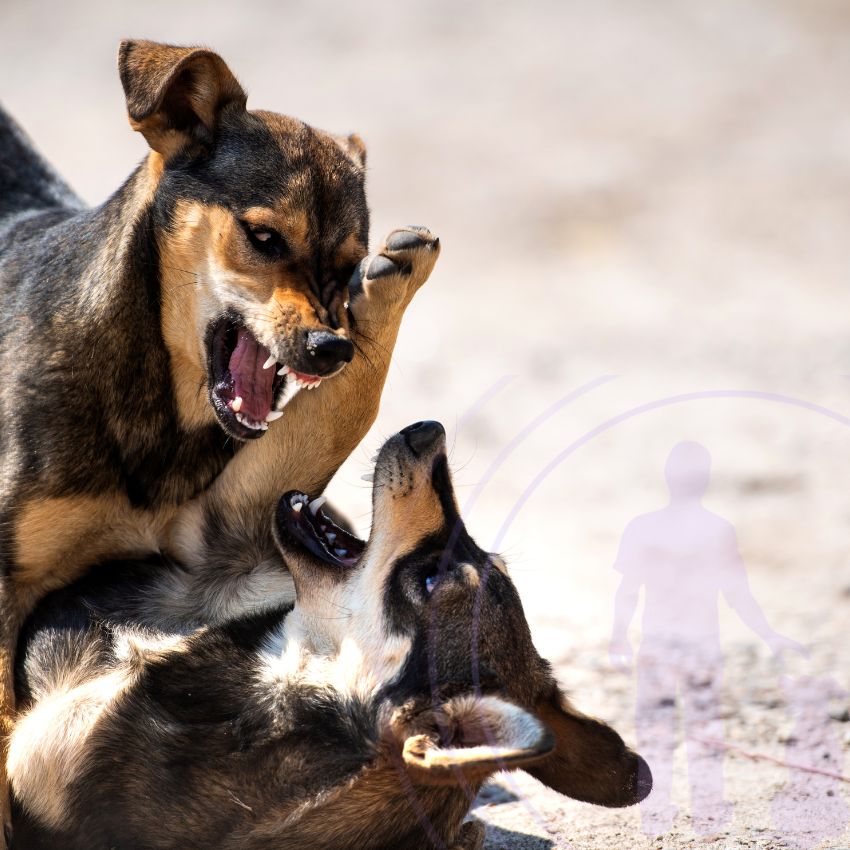
How Neutral Environments Reduce Territoriality and Stress
Neutral environments do more than just eliminate territoriality and stress; they also provide opportunities for new social interactions that can reset and positively influence social dynamics.
Facilitating New Interactions
Neutral environments encourage dogs to leave behind any negative baggage associated with previous conflicts. In a new setting, dogs can meet and interact without the preconceptions and learned behaviors that may have created problems in the home environment. This fresh start allows new social hierarchies to be established based on the current interactions rather than past conflicts.
Establishing Positive Associations
When dogs are placed in a neutral environment and gradually introduced to each other using positive reinforcement, the chances of forming healthier relationships increase. Positive interactions in these settings help establish new, positive associations. For instance, case studies have shown that multi-dog households that implement neutral introductions in parks see a reduction in aggression. Ensuring ample space and minimal stress aids this process and supports the development of positive social dynamics.
Role of New Social Interactions in Resetting Dynamics
By focusing on neutral environments, we allow dogs to reset their interactions and social dynamics. New social experiences can overwrite the memory of negative interactions and help dogs form a balanced hierarchy in a low-stress setting. This can lead to long-term improvements in their behavior and social relationships.
Case Study Insights
Successful interventions have been documented in scenarios where dogs with histories of aggression were socialized in neutral environments:
- A multi-dog household saw a significant reduction in aggression after the dogs were introduced to each other in a neutral park. The gradual introductions facilitated by the positive reinforcement resulted in improved social dynamics. Shelters have successfully rehabilitated dogs with prior aggression histories by using neutral spaces for socialization. This involved scent-based identification exercises that helped dogs recognize each other positively, which led to successful adoptions (Jurkštaitė-Pačėsienė & Sapežinskienė)
Relocating dogs to neutral environments is a practical and effective approach to resolving conflicts stemming from territoriality and stress. With these methodologies in place, the focus can shift to implementing professional management strategies that further bolster harmony in multi-dog households.
Professional Management Strategies
Implementing Gradual Introductions and Positive Reinforcement Techniques
When managing multi-dog households, reintroducing dogs or resolving conflicts requires a methodical approach to ensure a harmonious environment. Gradual introductions and positive reinforcement are key strategies.
Gradual Introduction involves allowing dogs to observe each other from a distance in a controlled setting, gradually reducing the distance as they show calm behavior. This method helps prevent overwhelming the dogs and reduces the likelihood of aggressive reactions right off the bat. Studies suggest that dogs interacting from a distance can decompress, understand the setting, and manage stress levels better.
Positive Reinforcement is another crucial tool in the process. Rewarding desirable behavior with treats and praise encourages dogs to associate good experiences with each other. For instance, rewarding calmness or non-aggressive play can help foster positive interactions. Treats and praise act as incentives that keep the dogs motivated and focused on the benefits of getting along with one another.
Importance of Monitoring Body Language and Structured Play Sessions
Understanding and monitoring canine body language is vital in preventing and managing conflicts. Dogs communicate their emotional state through cues such as tail positioning, ear movements, body posture, and facial expressions. Recognizing signs of stress or aggression can help you intervene appropriately before escalation begins.
Structured Play Sessions in neutral environments where no dog has established dominance help facilitate positive interactions. Such sessions should be closely supervised, ensuring that interactions remain cordial and respecting each dog’s comfort levels. Structured play allows dogs to build social skills and establish new, positive relationships without the previous tension of territoriality.
Developing Comprehensive Rehabilitation Plans with Follow-Up Assessments
Creating a comprehensive rehabilitation plan is integral to managing inter-dog aggression. This plan should include:
- Assessment of the Environment: Evaluating the current living situation and identifying potential stressors, such as limited space or lack of enrichment, that could contribute to tension among dogs.
- Neutral Introductions: Implementing neutral introductions in non-territorial spaces, ensuring the dogs have the opportunity to interact positively without the stress of defending a known territory.
- Owner Education: Educating owners on recognizing canine body language and the importance of maintaining a calm and consistent approach. Owners should understand the significance of positive reinforcement and how their behavior can influence their dogs’ interactions.
- Structured Plan and Positive Reinforcement: Creating a step-by-step plan outlining gradual exposure, structured play sessions, and the consistent use of positive reinforcement to encourage positive behavior.
- Follow-Up Assessments: Regular follow-up assessments to ensure long-term harmony and promptly address any emerging issues. Consistent monitoring allows for adjustments to the plan as necessary, ensuring that interventions remain effective and relevant to the dogs’ dynamics.
Summary

Conflicts in multi-dog households can be caused by competition for resources, confined spaces, and social hierarchy. Dogs may become possessive and exhibit aggressive behaviors when resources are limited or perceived to be scarce. Confined spaces can increase stress levels and aggression, while environmental stressors can also contribute to conflicts. Establishing a clear social hierarchy is important for maintaining harmony among dogs. Creating quiet, stress-free zones within the home and providing abundant toys and feeding areas can help mitigate these triggers and promote a harmonious living environment for all dogs involved. The text discusses the impact of human intervention in resolving conflicts among dogs in multi-dog households. It emphasizes the need for pet owners to understand the natural hierarchy-building process and communication methods of dogs before intervening.
Premature intervention, such as physically separating fighting dogs, can escalate the situation and prolong tensions. The use of punitive measures and physical separation can increase anxiety and aggression in dogs, leading to negative feedback loops and exacerbating existing tensions. The text suggests that reinforcing lower-ranking dogs’ confidence through positive reinforcement and providing non-competitive attention can help reduce conflicts more effectively. The text discusses the potential negative effects of separation on dogs, as well as how human behavior can inadvertently escalate tensions between dogs. It emphasizes the importance of understanding canine communication and memory in order to maintain harmony in a multi-dog household. Dogs use scent-based identification to establish identities and recall past interactions. Dogs use scent to communicate with each other and mark their territory. Anal gland secretions and urine carry chemical messages that provide information about who has been in an area and whether the territory is occupied. Dogs can remember scents and associate them with past experiences, which can influence their behavior in future interactions. Understanding and respecting these scent-based interactions can help manage dog introductions and reduce conflicts. This text highlights the benefits of relocating dogs to neutral environments in order to manage conflicts and promote positive relationships. By removing territoriality and reducing stress levels, neutral environments provide opportunities for new social interactions and establish positive associations among dogs. This approach can help minimize aggression and create a more peaceful interaction between dogs in multi-dog households. The text discusses the role of new social interactions in resetting dynamics and promoting positive social relationships among dogs. It highlights the importance of neutral environments in allowing dogs to reset their interactions and overwrite negative memories. The text also provides a case study that demonstrates successful interventions in neutral spaces for dogs with aggression histories. Additionally, the text mentions professional management strategies such as gradual introductions and positive reinforcement techniques. It emphasizes the significance of monitoring canine body language and implementing structured play sessions to prevent and manage conflicts. The text discusses ways to manage inter-dog aggression and promote positive interactions between dogs. It emphasizes the importance of recognizing signs of stress or aggression and intervening appropriately. The text also suggests structured play sessions in neutral environments to facilitate positive interactions. It highlights the need for a comprehensive rehabilitation plan, which includes assessing the environment, implementing neutral introductions, educating owners on canine body language, creating a structured plan with positive reinforcement, and conducting regular follow-up assessments.


